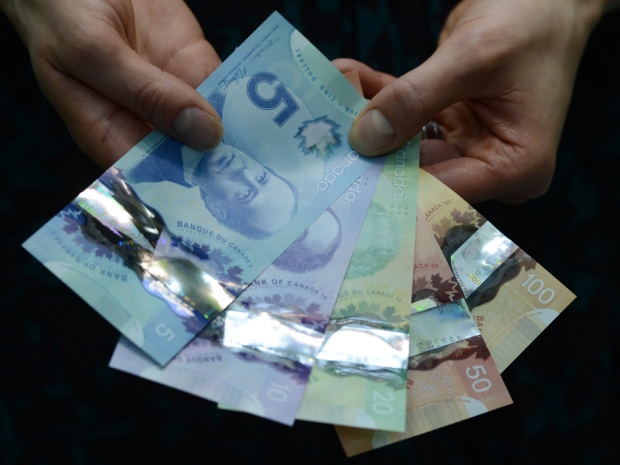Here’s some advice from the Bank of Canada. Your first time handling Canada’s latest polymer notes—the new $5 and $10 bills—may bring a little holiday cheer despite the hustle and bustle of the busy shopping season.
Take a few seconds to look them over. It’s important to keep looking at all those paper notes you’re already used to handling.
Counterfeiters see frantic shoppers and busy retail line-ups as opportunity knocking and an ideal time to pass fake notes. Don’t let them. It only takes a second, so check your notes—polymer and paper—and make sure they’re the real thing.
Similarly, if a cash handler examines your money, don’t take offence. Routine note checking may just prevent a counterfeit from ending up in your change. It’s a good habit we should all take up.
The new Polymer series is the most secure issue yet. So if you have doubts about a paper note—from any series—refuse it and ask for a polymer note instead.
Have a New $5 or $10 Note—Show it Off
If in the coming weeks you get your hands on the new polymer $5 and $10 notes, show them off before you rush to spend them! Spread the word and let others know that the full series—from the $100 down to the $5 polymer note—is now in circulation.
The security features on the polymer notes are the same on all denominations, which makes them quick and easy to check.
Feel, Look and Flip
Feel, Look and Flip is a phrase that reminds you how to check key security features on the polymer notes.
Feel
- Feel the smooth, unique texture of the note. It’s made from a single piece of polymer with some transparent areas.
Look
- Look for transparency through the large window and the outline of the frosted maple leaf window.
- Look at the details in the metallic portrait and building in the large window.
Flip
- Flip the note to see the metallic portrait and building repeated in the same colours and detail on the other side of the large window.
For more information and free training tools: bankofcanada.ca/banknotes

